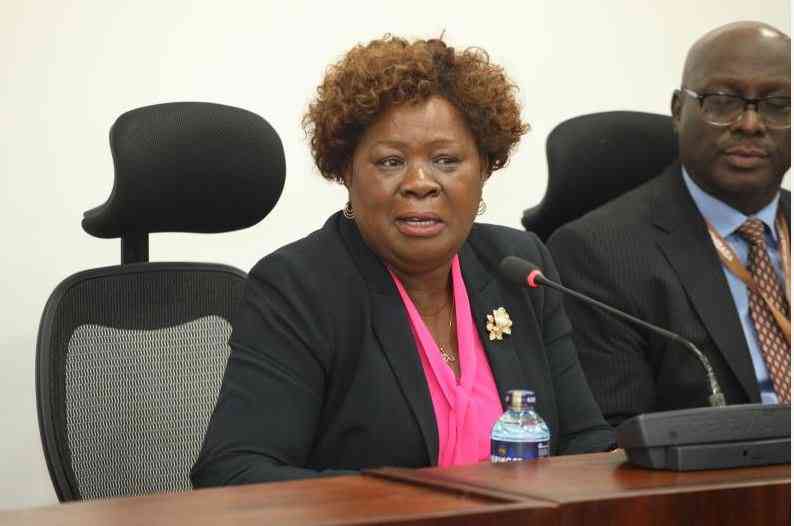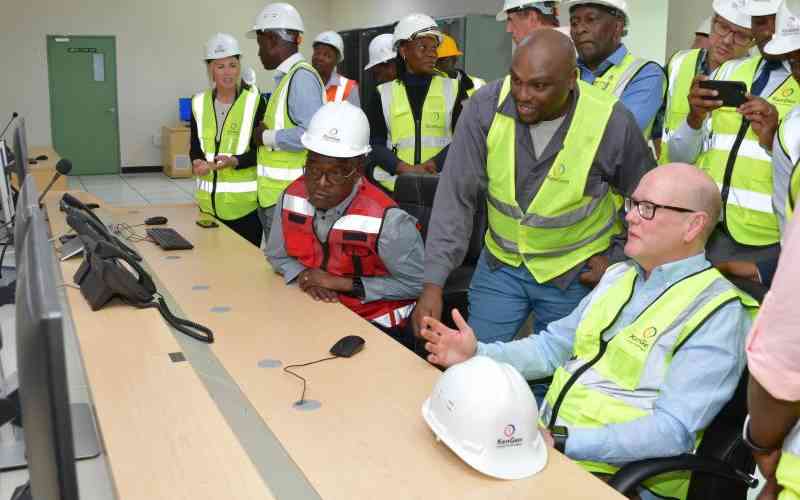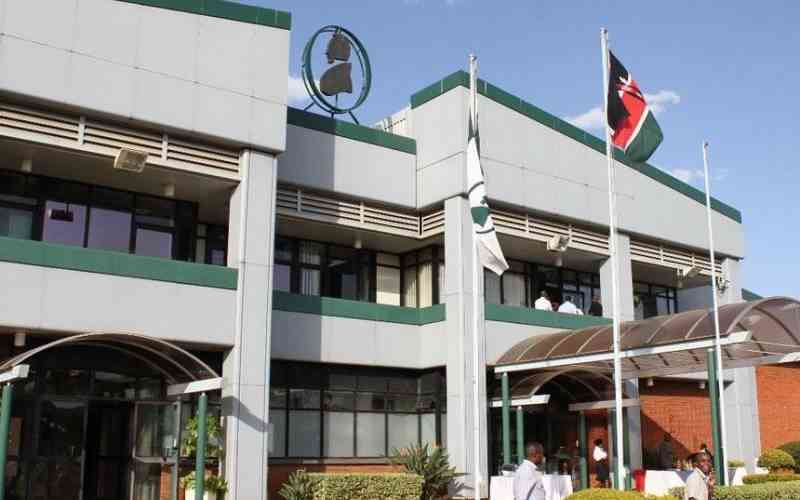
Lands Cabinet Secretary Alice Wahome was yesterday accused of discriminatory demolitions targeting constructions along the Nairobi River, which is currently undergoing a major government-led rehabilitation programme.
Wahome, who appeared before the Senate Lands Committee, explained that the ongoing cleanup does not focus on reclaiming riparian reserves, but rather on areas with severe pollution, with the objective being to regenerate the river—not the riparian reserve.
Senators raised concerns that several buildings, particularly in upstream areas, had been spared, even as mass demolitions continue in informal settlements downstream. The ongoing river restoration efforts are affecting ordinary citizens, while the rich seem to get away unscathed.
Murang’a Senator Joe Nyutu questioned Wahome over the perceived double standards in the enforcement of demolitions—particularly in informal settlements—while industrial and residential structures elsewhere remain untouched.
“We are concerned about the disproportionate demolitions targeting vulnerable communities. We want all buildings and structures on the reserve to be removed. When we talk about riparian land, enforcement should be uniform,” said Nyutu.
The Murang’a Senator wondered whether there are two sets of laws, and questioned why demolitions are only seen in informal areas when pollution is present along the entire river, wondering why the government appears to apply different rules for citizens.
Wahome said that while the primary goal is river regeneration, any structures obstructing the process—whether legal or illegal—would be cleared. She added that the project currently employs 20,000 youth under the Climate Work programme and will recruit an additional 10,000.
According to the CS, the programme includes the development of marketplaces and social housing units, primarily for those displaced by the demolitions. She ruled out compensation for displaced persons, noting that they do not legally own the land.
“It should be noted that those who will be affected by demolition do not own this land legally. However, the government is considering offering a token to acknowledge the disruptions caused,” said Wahome.
“The Nairobi River Regeneration Programme is being implemented in specific design areas along the heavily polluted river corridor, with the operation targeting pollution hotspots, not geography,” she added.
She said the government has signed a seven-year contract for the cleanup, spearheaded by the Nairobi Rivers Commission and jointly executed by the ministries of Housing, Environment, and Defence.
Wahome said that the Sh50 billion initiative, launched in March 2025, is a large-scale environmental and infrastructure intervention aimed at enriching the Nairobi River ecosystem and its surrounding communities.
“The programme integrates affordable housing, modern markets and enhanced infrastructure, transforming it into a liveable and economically vibrant city. We are focusing on where there is the greatest pollution. We are not guided by whether people live upstream or downstream,” said Wahome.
The CS said that the initiative spans Nairobi, Kiambu, Machakos, Kajiado, and Murang’a counties, and includes river rehabilitation, flood mitigation, sewerage installation, and waste management efforts. These measures are designed to improve public health and urban resilience.
Wahome told the Committee, chaired by Mombasa Senator Mohammed Faki, that the project aims to curb contamination from raw sewage, solid waste, industrial effluents, and poor drainage systems, which have been a problem for many years.
Stay informed. Subscribe to our newsletter
President William Ruto toured parts of the Nairobi River last week to assess the project’s progress, where he announced the hiring of another 20,000 youth to fast-track the cleanup exercise.







